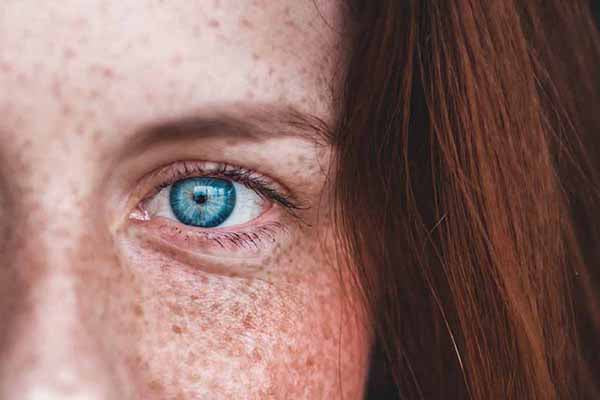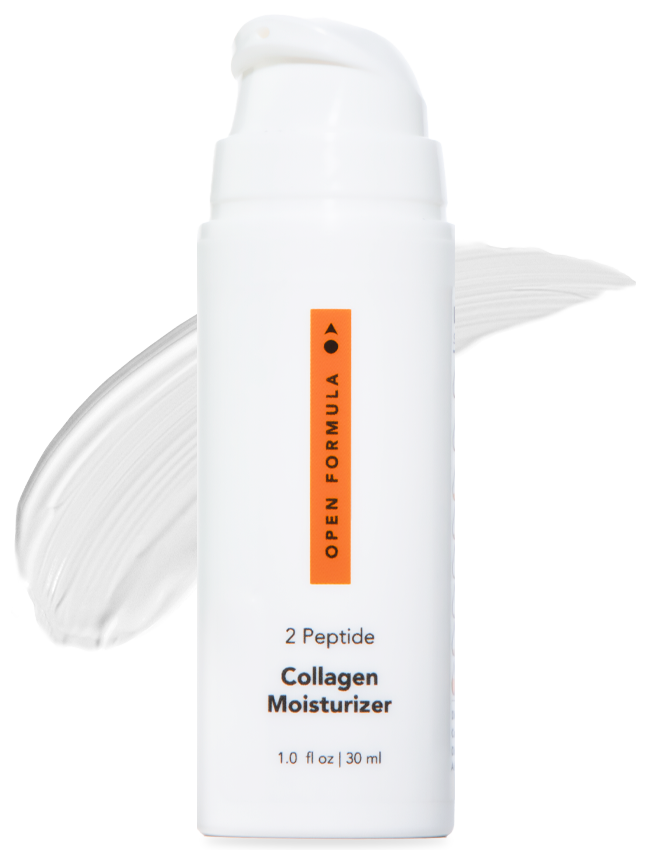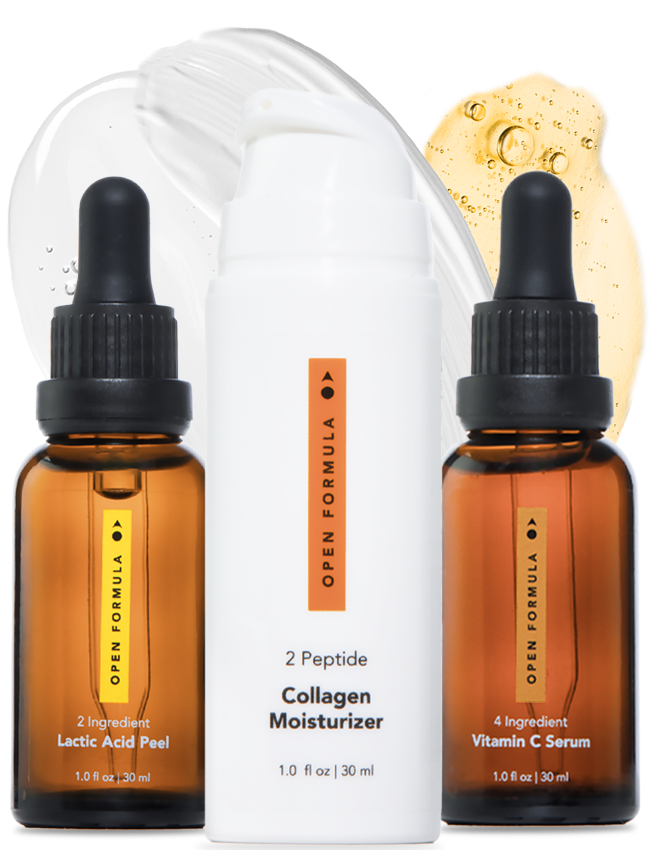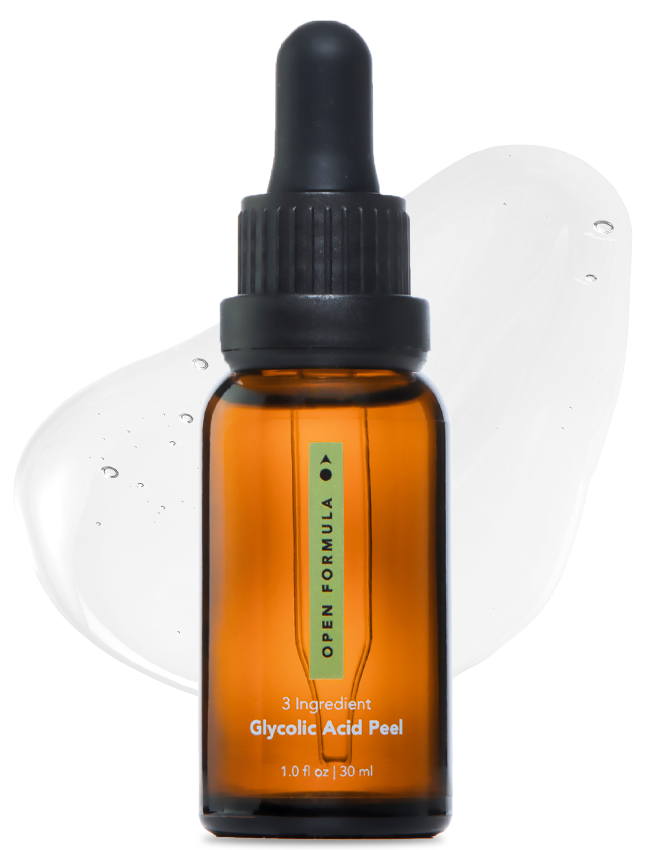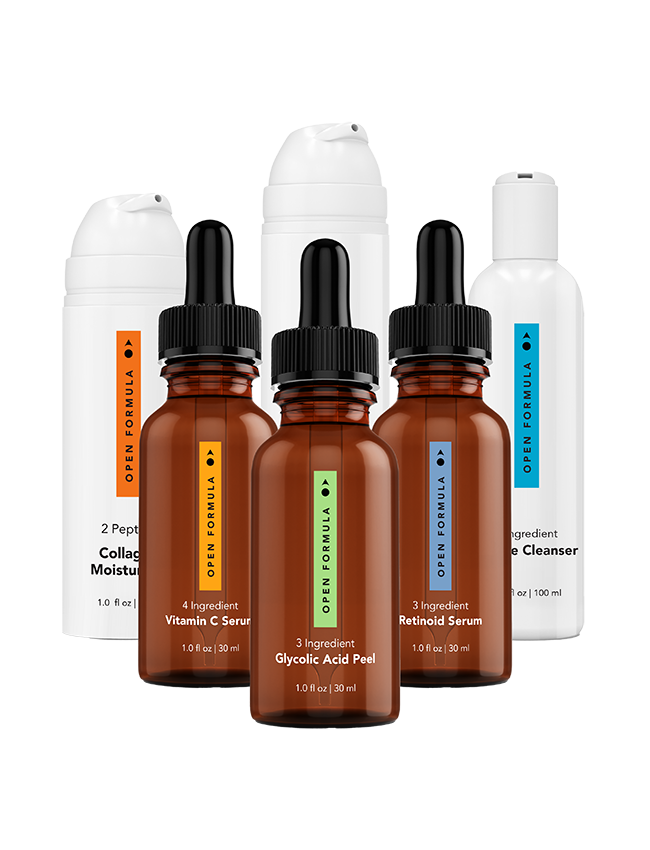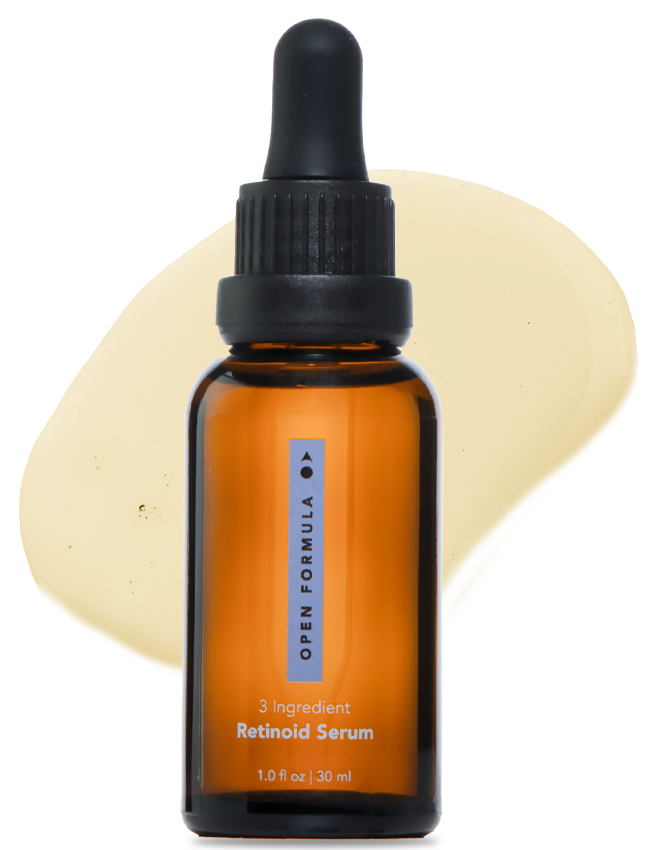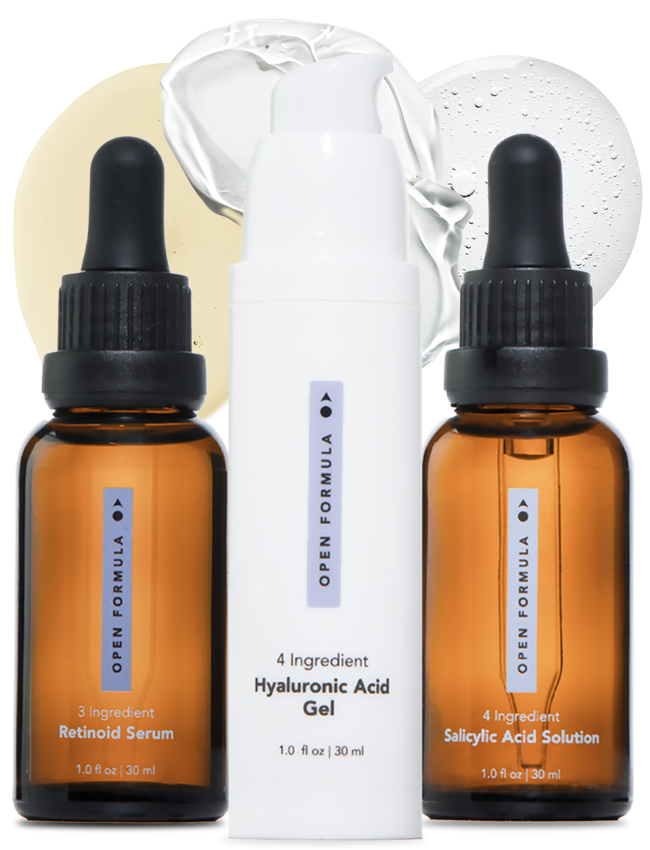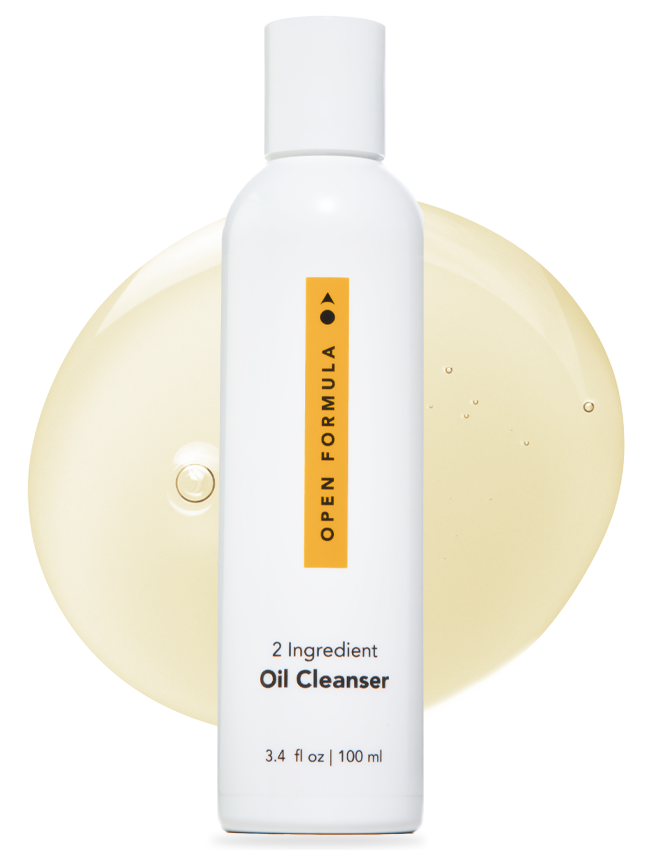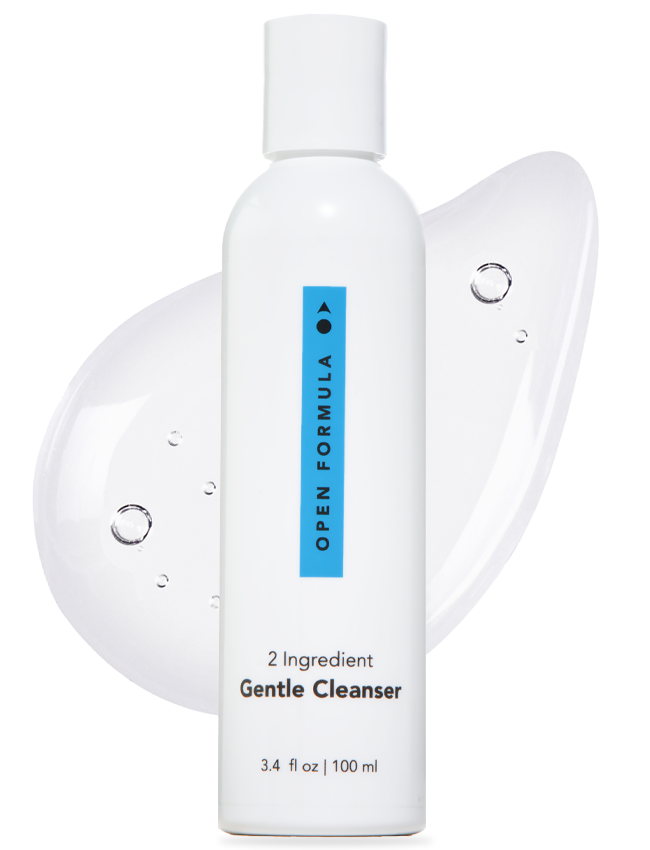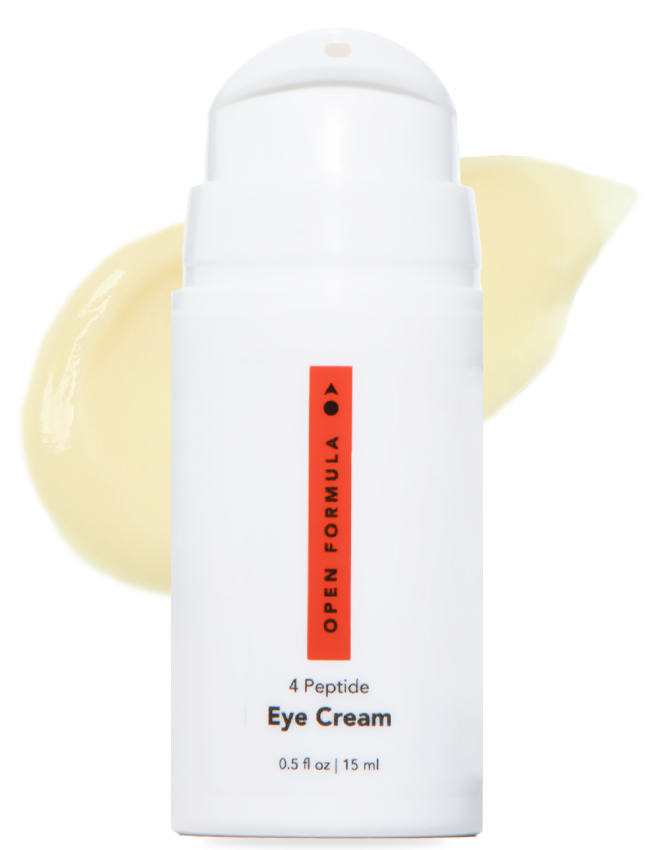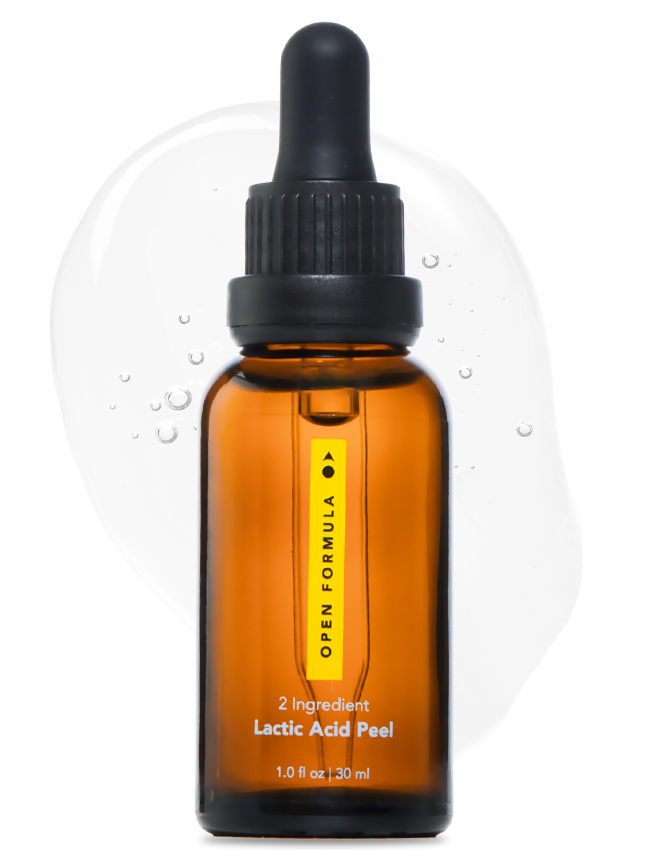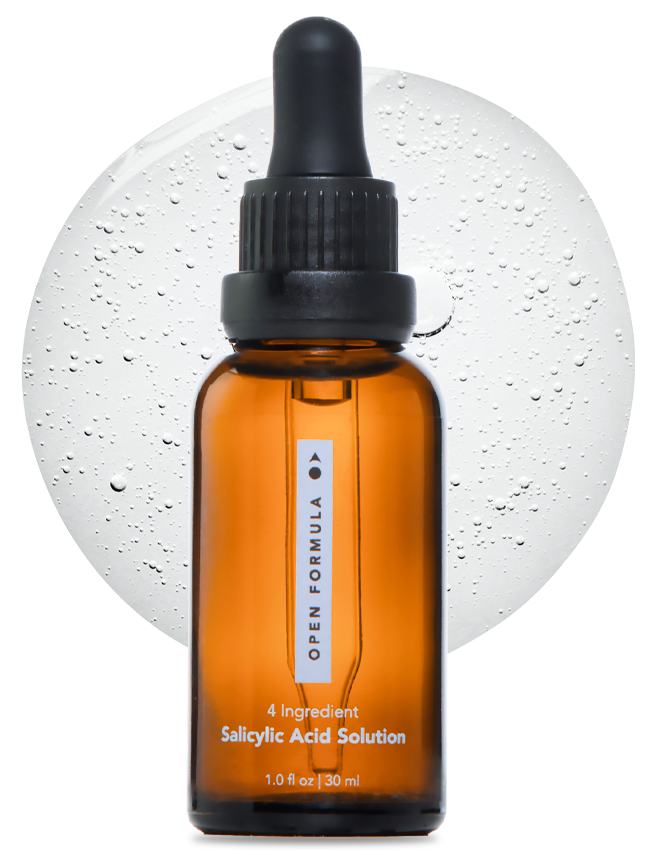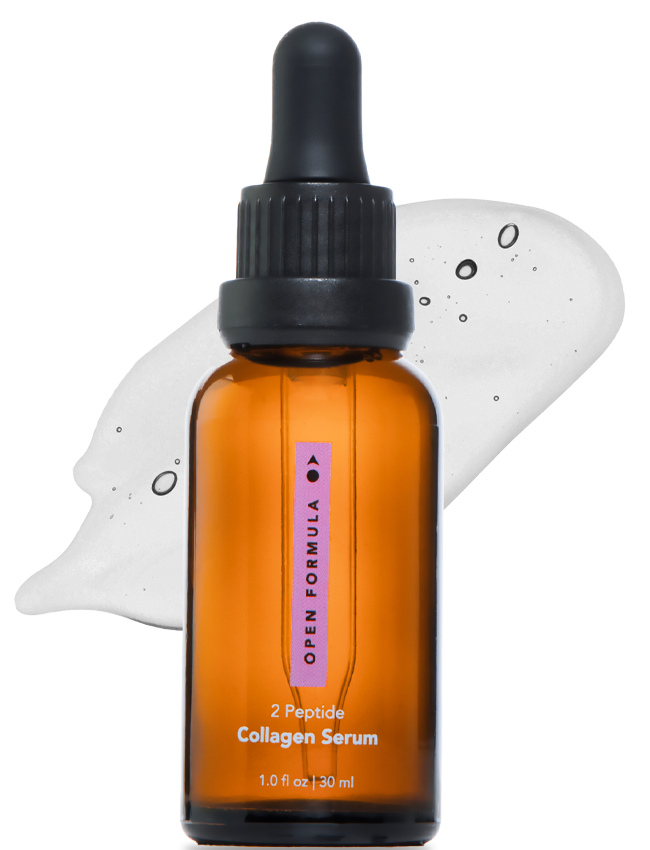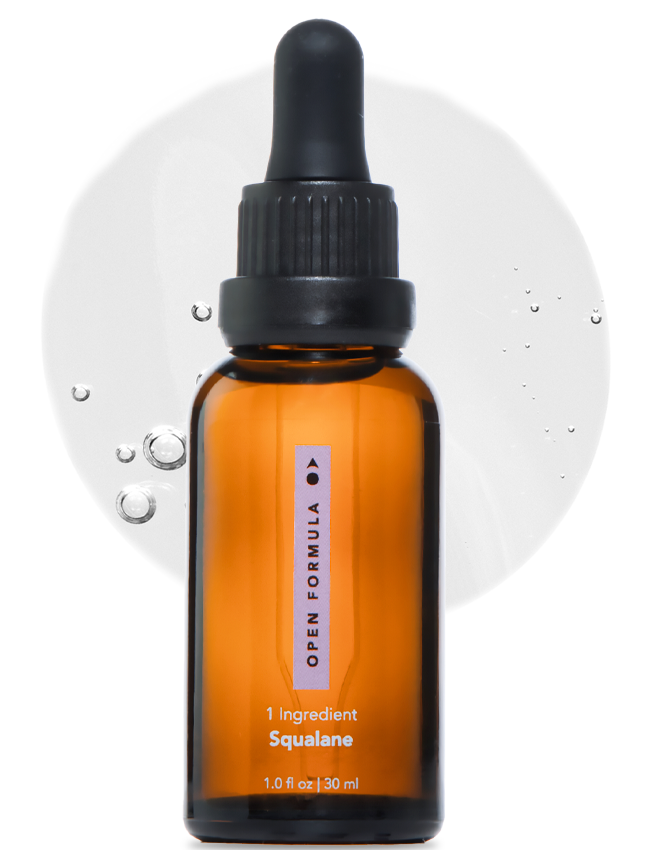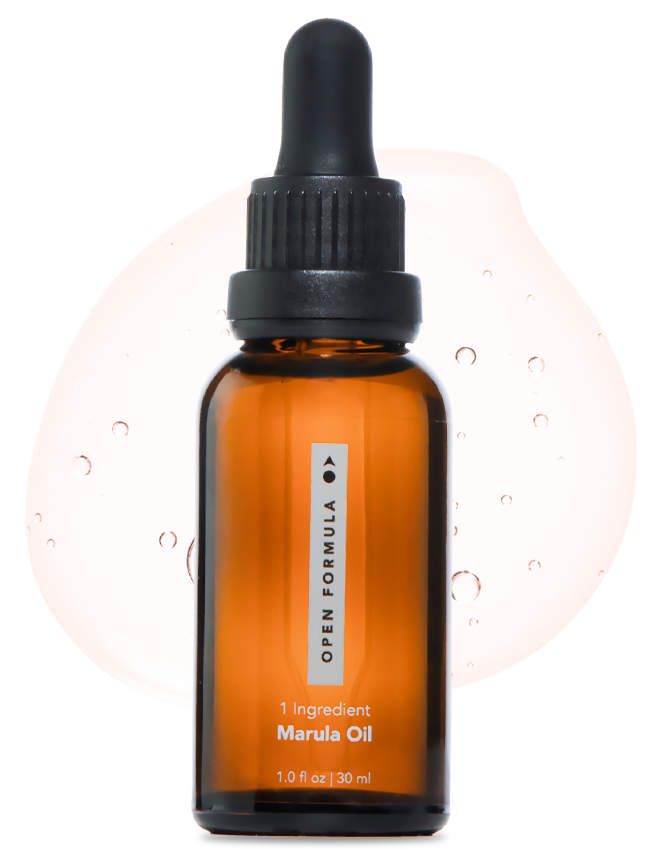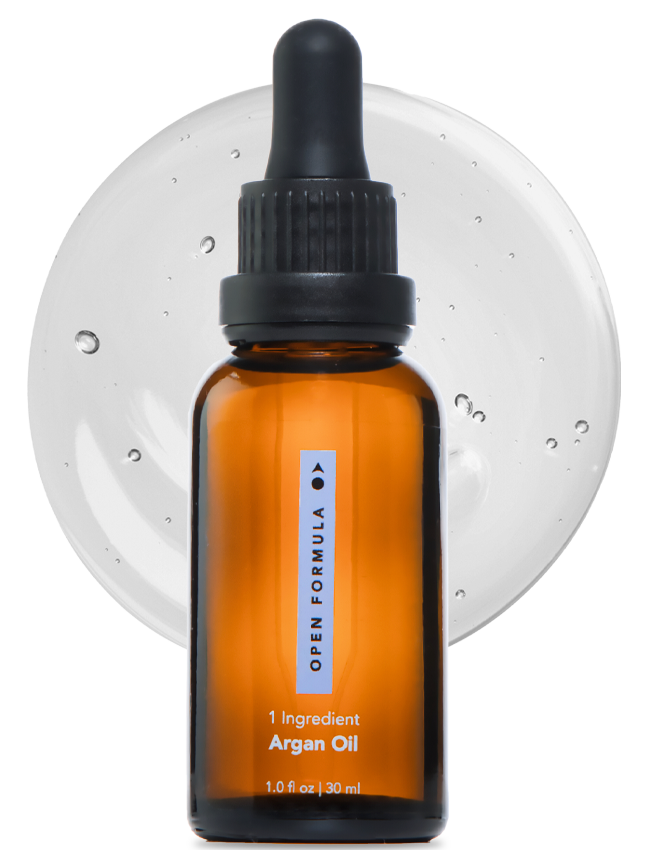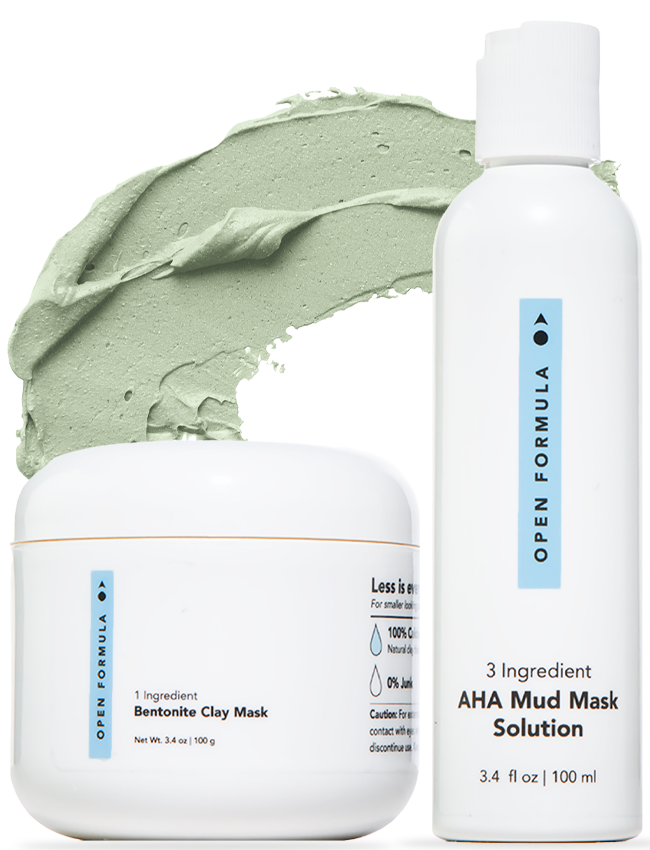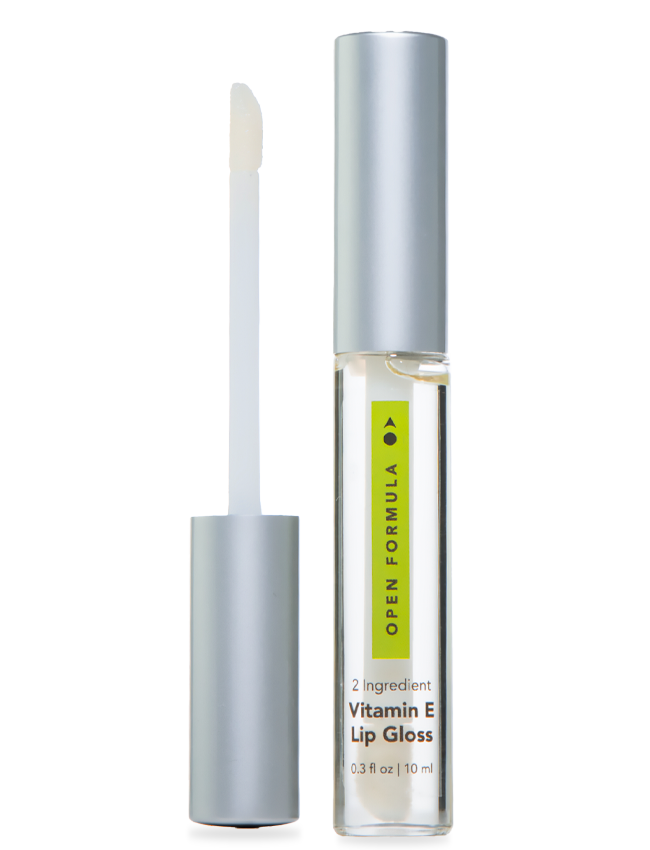It's our immune system's job to attack threatening invaders. Usually the immune system reaction protects the body and aids in healing it. But sometimes the reaction is a false alarm entirely, and unsightly red skin. This can cause severe inflammation and chronic skin damage. There are some common offenders to watch out for. Let's break them down.
1. Broken Blood Vessels
On the first stop of our skin tour we have the dreaded ruptured capillaries which are basically broken blood vessels. Ever noticed after that first glass of red wine, your cheeks are a touch rosy? This is just one presentation of burst blood vessels. But for many people, this is a chronic condition, and not something they can just sleep off.
What are broken blood vessels?
Broken capillaries are a skin condition of the face in which small blood vessels that sit near the surface of the skin get weaker and break, and then blood spreads under the surface of the skin. Broken blood vessels can happen anywhere on the body but they are more noticeable on the face. On the legs, broken blood vessels are known as spider veins.
How do broken blood vessels cause red skin?
There are a number of causes of broken blood vessels on the face. They can be inherited. For unknown reasons, spider veins tend to run in families and the risk factor can increase with age.
They tend to be common with pregnancy. An increase in the hormone estrogen during pregnancy can bring them on. Unlike other broken blood vessels, pregnancy-related spider veins heal on their own after giving birth. Then we have rosacea. This common skin condition leads to excessive redness, and broken blood vessels are very common.
Excessive sun exposure can enlarge your blood vessels because you are constantly heating up your skin. If you get a sunburn, the top layer of skin may peel and temporarily make some of the blood vessels in your face that much more noticeable. On a related note, hot weather increases and expands the blood vessels, so people who live in a hot climate all year round are more susceptible to developing broken blood vessels.
Minor and major injuries can both lead to bruising on the face, making broken blood vessels more noticeable because the blot clots to stop the injury at the surface of the skin.
What Does They Look Like?
Broken blood vessels look like tiny pieces of red or pink thread. But they can range in color from red to blue to purple. They mostly occur on the face, nose, chin, and cheeks where they cause redness. They're generally harmless, but sometimes can cause itching and discomfort.
How to Treat It
There is no cure for broken blood vessels, but there are a lot of ways you can prevent further damage and redness. A good place to start is by ditching the hot showers and baths. Heat can expand blood vessels and break them so try warm water and gently wash your face and body. Retinoids may also help reduce the appearance of spider veins because they stimulate collagen protein, which helps to heal wounds, including broken capillaries. Laser therapy works by destroying the poorly functioning vein altogether, making it disappear completely. Intense pulsed light or IPL uses the same concept as laser therapy, but with light that penetrates down to the second layer of skin without harming the top layer.
2. Rosacea
Red Skin and Rosacea
Rosacea a chronic skin condition that affects more than 16 million Americans. Its cause is still unknown and there is no cure for the condition. But continued research has allowed us to at least find a way to alleviate the symptoms. Doctors have only been able to recognize rosacea by its red, pus-filled bumps that are most common on the cheeks, nose, and forehead during a flare up.
There are 4 types or rosacea. And it is possible to have more than one type.
How does it happen?
This is a big unknown in the medical world. But rosacea has been linked to hereditary and environmental factors. Certain things can make your rosacea symptoms worse. The most common contributors include spicy food, alcohol, and stomach ulcers
There are some factors like skin color, age, and genetics that can make you more likely to develop rosacea than others. Rosacea usually begins between the ages of 30 and 50 but it can begin as early as in the 20s. It's also more common in people who are fair-skinned and have blond hair and blue eyes. Women are also more likely to develop Rosacea than men. Although men with Rosacea will have more severe symptoms. So it's a bit of a double-edged sword.
How to treat it?
As doctors better understand how to treat the symptoms of rosacea they are discovering more treatment options. A 2018 study indicated that prescription drugs and antibiotics are a reliable mode of reducing redness and clearing up acne breakouts.
In a 2017 study, 25 patients with mild to severe rosacea were treated with a prescription topical retinol at a 0.05% once a day for 6 months. More than 80% of patients had clear or close to clear skin at the end of the study.
Rosacea should always be medically diagnosed by a doctor. Many people mistakenly diagnose themselves as having Rosacea at the first sign of red skin. If you think you might have Rosacea, see a professional!
3. Sensitized Skin
Sensitized skin isn’t a disease that a doctor can diagnose you with. You may not even know your skin is sensitized until you have a bad reaction to a cosmetic product, like soap, moisturizer, or makeup. Conditions that cause sensitized skin are not typically serious. You can usually keep red skin and other symptoms under control with a few simple changes to your skin care routine.
What is sensitized skin?
Sensitized skin is different from sensitive skin because sensitive skin is a skin type while sensitized skin is usually a symptom of another condition. Sensitized skin is acquired which means it doesn’t happen overnight and is usually the result of skin damage.
How does sensitization happen?
There is a long list of reasons why your skin has become sensitized. The main causes are pollution, alcohol, smoking, poor diet, and constant emotional and physical stress. Basically anything putting your immune system in harm's way ups your chances. All of that combined together causes red, irritated skin and a broken down oil barrier that can no longer moisturize and protect. Other potential irritants include hot water, super spicy foods, and extreme hot or cold temperatures.
Now in addition to the environment and your lifestyle, certain skin care habits may also sensitize your skin such as i) exfoliating your skin too often, ii) using harsh scrubs or chemicals that strip away your natural oils leaving your skin dry.
What does sensitized skin look like?
You will typically not even know you have sensitized skin until you have a bad reaction to skincare products. You will notice occasional flushing and redness of your skin. Itching and flaking is also common. It may feel rough and tight even if it’s greasy at the same time. Fun, right?!
How to treat it?
Luckily sensitized skin can be mediated in most cases, with environmental concerns and the weather withstanding. But the things that are in our control like lifestyle, diet, and a skincare routine can help the skin heal itself. If you think your skin has become sensitized, just remember to keep it simple. Be sure to take a break from physical and chemical exfoliants - the scrubs and the acids - in order to give the skin a break and time to heal. Hydrating moisturizers will be your best friend. Restoring moisture and eventually reinstating that natural lipid barrier to make skin strong and resilient again should be the end goal.

